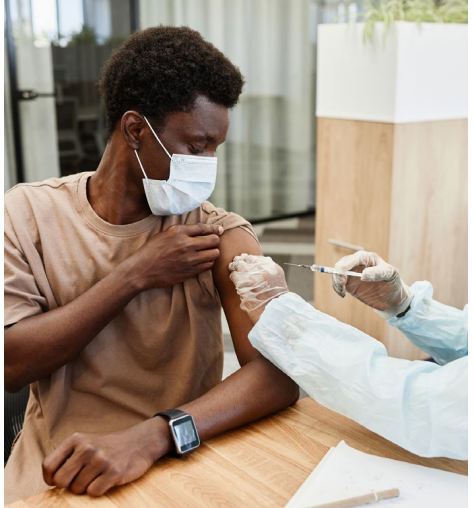Misuse and abuse of controlled substance: Measures for a drug-free future

A controlled substance is generally a drug or chemical whose manufacture, possession, or use is regulated by a government, such as illicitly used drugs or prescription medications that are designated by law. They are tightly controlled by the government because they may be abused or cause addiction. Controlled substances include opioids, stimulants, depressants, hallucinogens, and anabolic steroids.
In Kenya, the abuse of controlled substances in the form of prescription drugs has increased. The two prescription drugs Kenyans are abusing are Benzhexol and Diazepam. Benzhexol is used to reduce tremors, muscle stiffness and movement problems associated with Parkinson’s disease. It also helps reduce the side effects of using some medications used to treat mental conditions. Diazepam is a controlled drug that is used in the management of anxiety disorders, short-term relief of anxiety symptoms, spasticity associated with upper motor neuron disorders, as an adjunct therapy for muscle spasms, pre-operative anxiety relief, management of certain refractory epilepsy patients.
According to the National Authority for the Campaign Against Alcohol and Drug Abuse (NACADA), the reasons why Kenyans abuse these drugs include:
- Prescription drugs are considered “legal highs” and therefore better alternative to illicit drugs like narcotics;
- Prescription drugs are very affordable, readily available and easily accessible. It was perceived as a cheaper way for users to get “high” especially when they could not access enough finances to purchase the more expensive narcotic drugs especially heroin;
- Prescription drugs are commonly used to “knock-off” the effect of stimulant drugs in order to overcome the side effects of insomnia;
- Prescription drugs are being used to enhance the psychoactive effect of narcotic drugs;
- Prescription drugs are used as a motivation to commit crime especially by criminal gangs. This includes “spiking” and drugging of unsuspecting revelers by female sex workers with the primary intention of robbing them.
What measures can stop the abuse of controlled substances
Some of the measures include:
- Teaching prevention in schools- Schools can play a powerful role in prevention as teachers and administrators often are the first to detect warning signs of possible drug problems, such as poor school attendance or declining academic performance. Effective school programmes teach young people to resist drugs by developing personal and social skills, such as decision-making, stress management, communication, social interaction, conflict resolution, and assertiveness. In addition, these programmes can enhance awareness and resistance skills. Students learn that most of their peers do not use drugs, and they learn to recognize social and peer influences on drug use.
- Treatment- Substance abuse treatment is the most cost-effective way to reduce addiction, improve the health of drug abusers, and relieve the growing burden of drug-related health care costs. With treatment, addicts can get off drugs, get jobs, and become productive members of society
- Reducing drug availability- By concentrating law enforcement resources in specific locations for several hours a day, hot spot strategies disrupt retail drug sales without necessarily increasing arrests.
- Creating prescription drug monitoring programmes (PDMPs)- One of the most promising clinical tools to address prescription drug abuse are state PDMPs. These programmes are designed to monitor prescribing and dispensing of controlled substances and can provide a prescriber or pharmacist with critical information regarding a patient’s prescription history. This information can have a direct impact on reducing a patient’s risk for overdose and provide an opportunity to intervene with patients who are abusing medications.

